Katie Bouman “The girl used the” capture “algorithm to photograph the first black hole in history
- Tram Ho
Writer:
The first, breathtaking picture of the black hole in the center of the galaxy Messier 87 (M87) is not actually a normal photograph taken with the camera. Taking black holes with a camera is completely impossible for two reasons. First, the black hole is completely black to the camera, because without anything, even light, can escape its gravitational field. Second, assuming that the black hole glows, M87 is too small to be observed by the devices that humans currently have. Despite being about the size of the Solar System with a diameter of 38 billion kilometers and a mass of 6.5 billion times the Sun, the distance of 55 million light-years from Earth to the black hole M87 is too far. Photographing M87 is like holding a mobile phone from Earth to capture an orange on the Moon.
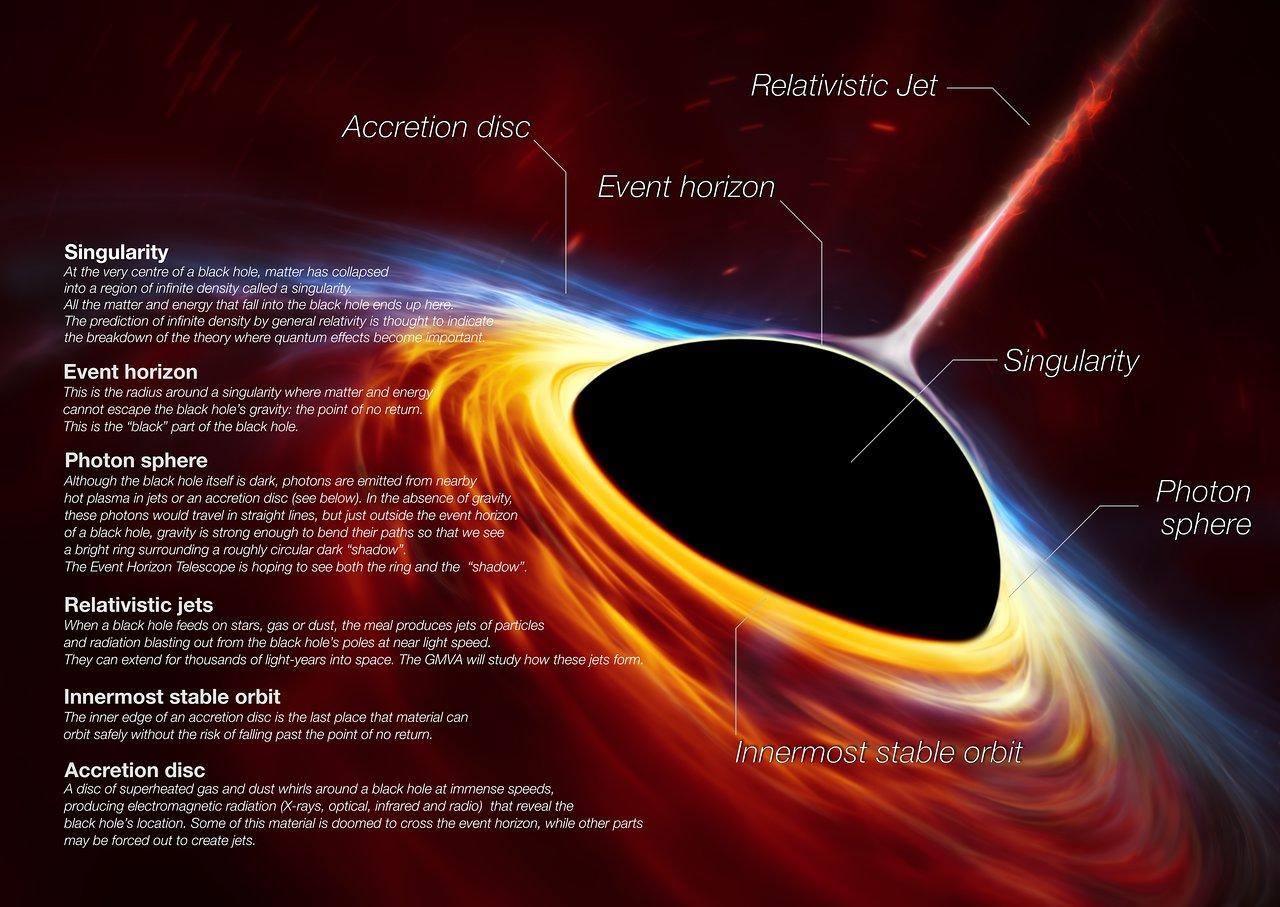 To capture the image of the M87 black hole, scientists must use a network of multiple telescopes scattered across the Earth to record radiation emitted from outside the black hole’s event horizon. Given the small size of M87, wanting to fully record radiation from this black hole, in theory, we need a giant telescope with a diameter approximately equal to the diameter of the Earth.
To capture the image of the M87 black hole, scientists must use a network of multiple telescopes scattered across the Earth to record radiation emitted from outside the black hole’s event horizon. Given the small size of M87, wanting to fully record radiation from this black hole, in theory, we need a giant telescope with a diameter approximately equal to the diameter of the Earth.
Even when a combination of telescopes has been combined in many locations, the information obtained from this telescope network, which includes up to 2 billion high-resolution images, is still only fragmentary pieces. , tiny pieces of information about the black hole M87. These discrete pieces do not show any clear picture of the black hole without the image processing algorithm developed primarily by a young scientist: Katie Bouman, the girl from West Lafayette, Indiana state.
Reconstructing a black hole from billions of images that are both discrete and incomplete is a very difficult task. Imagine we only hear a few random notes but have to write down an entire symphony. Reconstructing black holes from data pieces is even more difficult when no one has ever seen what black holes look like. We don’t know if Einstein’s prediction about the approximate shape of a black hole’s bridge is correct.
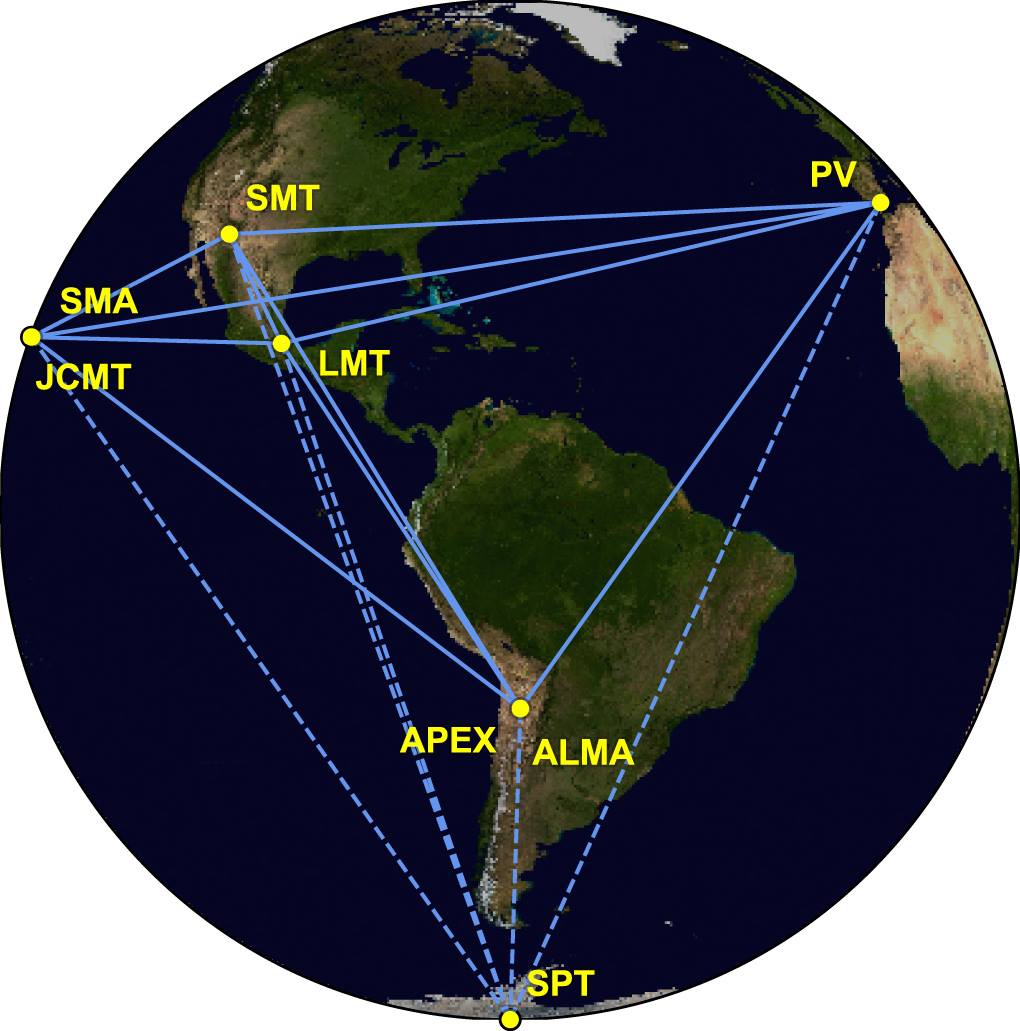
During her time as a graduate student at Massachusetts Institute of Technology (MIT), Katie Bouman and colleagues developed various algorithms to build a black hole image from pieces of data. From a discrete, incomplete set of data, a multitude of different possibilities for black hole imagery can be reproduced, like many people listening to a few random notes will surely write down songs. completely different.
Katie’s algorithm builds all possible possibilities of black hole images, then sorts these images to the extent possible. This job is like looking for a picture with the highest probability that will appear on Facebook between a series of photos, in which there are completely noise-free plates that see things, have less noise but blurry images, and plates that we can clearly identify objects in the image. Similarly, if we only give a limited number of description lines for a face to many artists around the world, they all draw the same pattern, that face is highly likely to be the mold. real face.
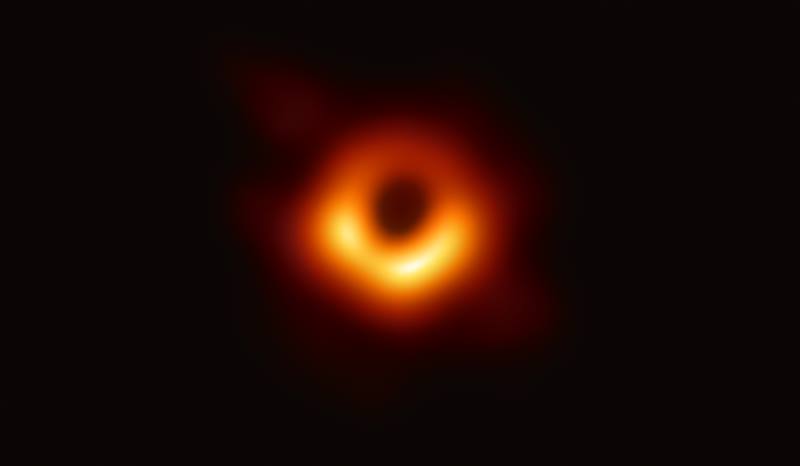
The black hole shots M87 we see are the result of re-establishing from Katie Bouman’s algorithm. Not only visually spectacular, the black hole image also allows scientists to continue to check the accuracy of the theory of relativity following the gravitational wave 3 years ago. The finding also paved the way for studies of the black hole Sagittarius A * located in the center of our Milky Way, especially the formation of surrounding accretion disks and beams of light emitted from this black hole. .
Katie was born and raised in West Lafayette, Indiana. Her father, Charles Bouman, was a Purdue University professor, where Neil Armstrong attended nearly 15 years before he became the first man to set foot on the Moon. According to Charles Bouman, his daughter began to participate in the study of image processing with professors at Purdue right from high school in West Lafayette.
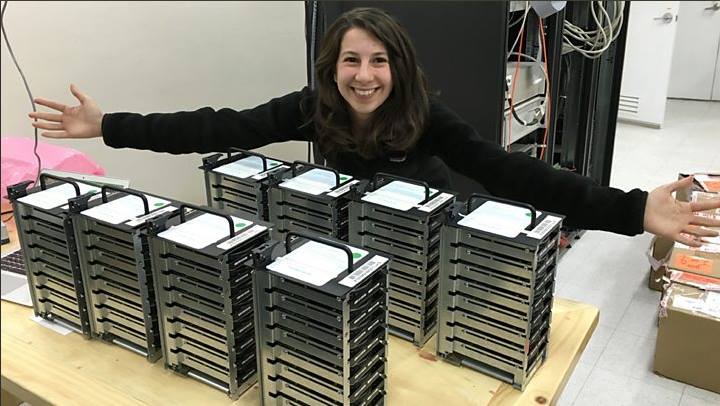
After completing her bachelor’s degree at the University of Michigan, Katie took a master’s and doctoral degree in turn at the Massachusetts Institute of Technology before becoming a postdoctoral fellow at the Harvard-Smithsonian Center for Astrophysics. With outstanding research achievements and a significant contribution to the black hole photography project, Katie was recently appointed professor of California Institute of Technology (Caltech) when she was 29 years old, just before the first image of a black hole Because she re-established was widely published.
In a TED talk nearly 2 years ago, Katie said that her idea would never come true without being included in a research group of outstanding scientists from many fields. different. She encourages people to work together to expand the boundaries of science, even if at first it seems mysterious like a black hole, because the best things are what we can’t see with the eyes. often.
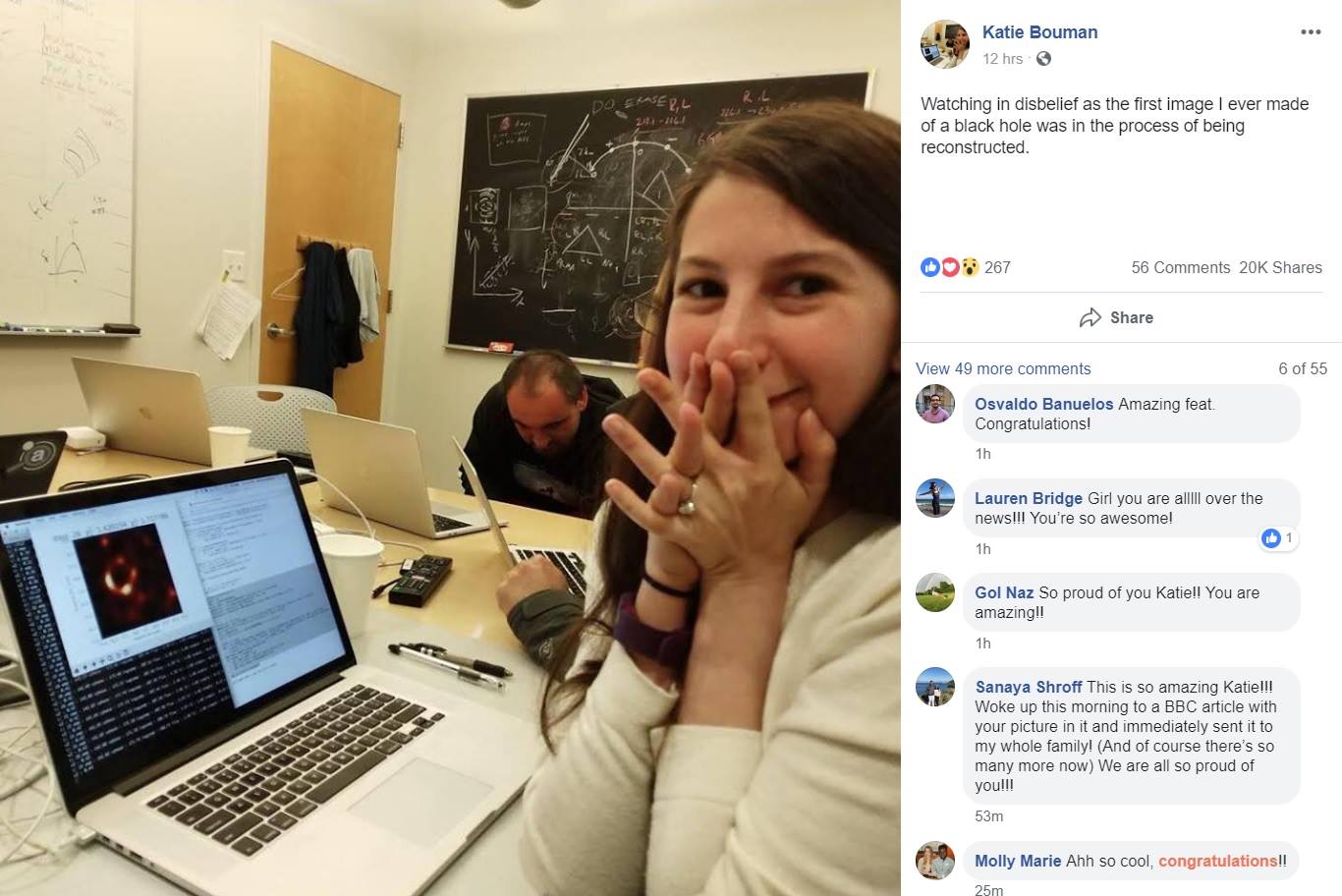
References
1. Event Horizon Telescope with many easy-to-understand explanations about black hole photography project: https://eventhorizontelescope.org
2. Series of black hole photography M87 in The Astrophysical Journal Letters: https://iopscience.iop.org/journal/2041-8205
3. Information about Katie Bouman: https://people.csail.mit.edu/klbouman
4. Katie’s talk on TED: https://www.ted.com/…/katie_bouman_what_does_a_black_hole_l…
5. https://www.jconline.com/…/first-black-hole-pic…/3426430002/
Source : Duong Tu
